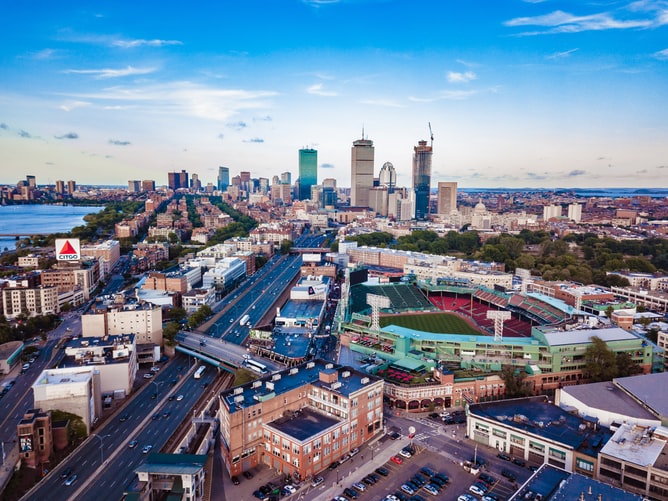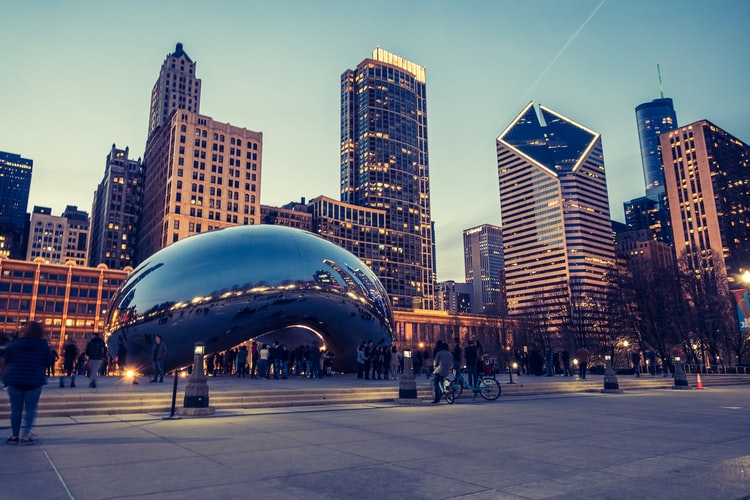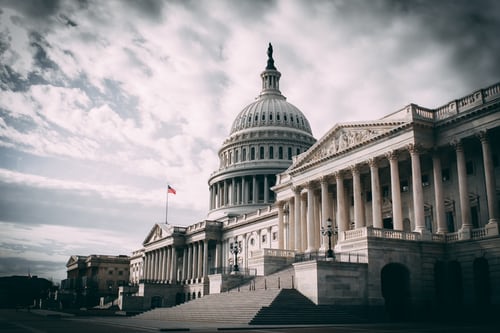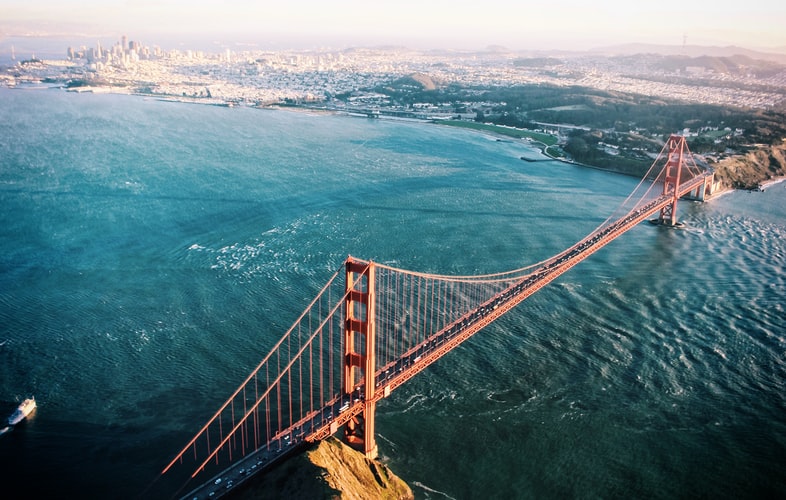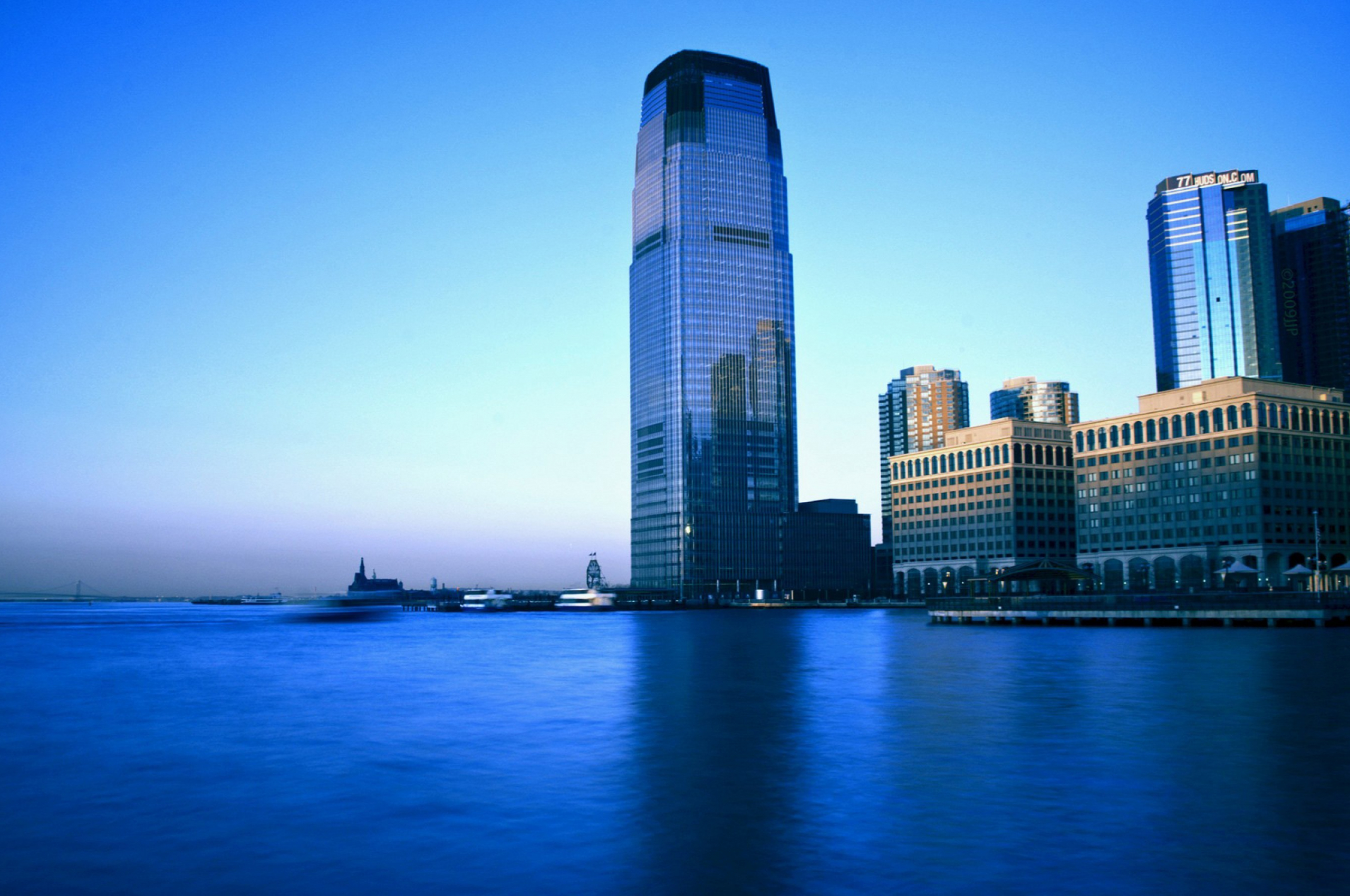Saint Louis, MO
St. Louis ( saynt LOO-iss, sənt-, sometimes referred to as St. Louis City, Saint Louis or STL) is an independent city in the U.S. state of Missouri. It lies near the confluence of the Mississippi and the Missouri rivers. In 2020, the city proper had a population of 301,578, while its metropolitan area, which extends into Illinois, had an estimated population of over 2.8 million. It is the largest metropolitan area in Missouri and the second-largest in Illinois. The city's combined statistical area is the 20th-largest in the United States.
The land that became St. Louis had been occupied by Native American cultures for thousands of years before European settlement. The city was founded on February 14, 1764, by French fur traders Gilbert Antoine de St. Maxent, Pierre Laclède, and Auguste Chouteau. They named it for King Louis IX of France, and it quickly became the regional center of the French Illinois Country. In 1804, the United States acquired St. Louis as part of the Louisiana Purchase. In the 19th century, St. Louis developed as a major port on the Mississippi River; from 1870 until the 1920 census, it was the fourth-largest city in the country. It separated from St. Louis County in 1877, becoming an independent city and limiting its political boundaries. In 1904, it hosted the Louisiana Purchase Exposition, also known as the St. Louis World's Fair, and the Summer Olympics.
St. Louis is designated as one of 173 global cities by the Globalization and World Cities Research Network. The GDP of Greater St. Louis was $226.6 billion in 2023. St. Louis has a diverse economy with strengths in the service, manufacturing, trade, transportation, and aviation industries. It is home to sixteen Fortune 1000 companies, six of which are also Fortune 500 companies. Federal agencies headquartered in the city or with significant operations there include the Federal Reserve Bank of St. Louis, the U.S. Department of Agriculture, and the National Geospatial-Intelligence Agency.
The city's attractions include the 630-foot (192 m) Gateway Arch in Downtown St. Louis, the St. Louis Zoo, the Missouri Botanical Garden, the Saint Louis Art Museum, and Bellefontaine Cemetery. Major research universities in Greater St. Louis include Washington University in St. Louis, Saint Louis University, and the University of Missouri–St. Louis. The Washington University Medical Center hosts an agglomeration of medical and pharmaceutical institutions, including Barnes-Jewish Hospital. St. Louis has four professional sports teams: the St. Louis Cardinals of Major League Baseball, the St. Louis Blues of the National Hockey League, St. Louis City SC of Major League Soccer, and the St. Louis BattleHawks of the United Football League.

